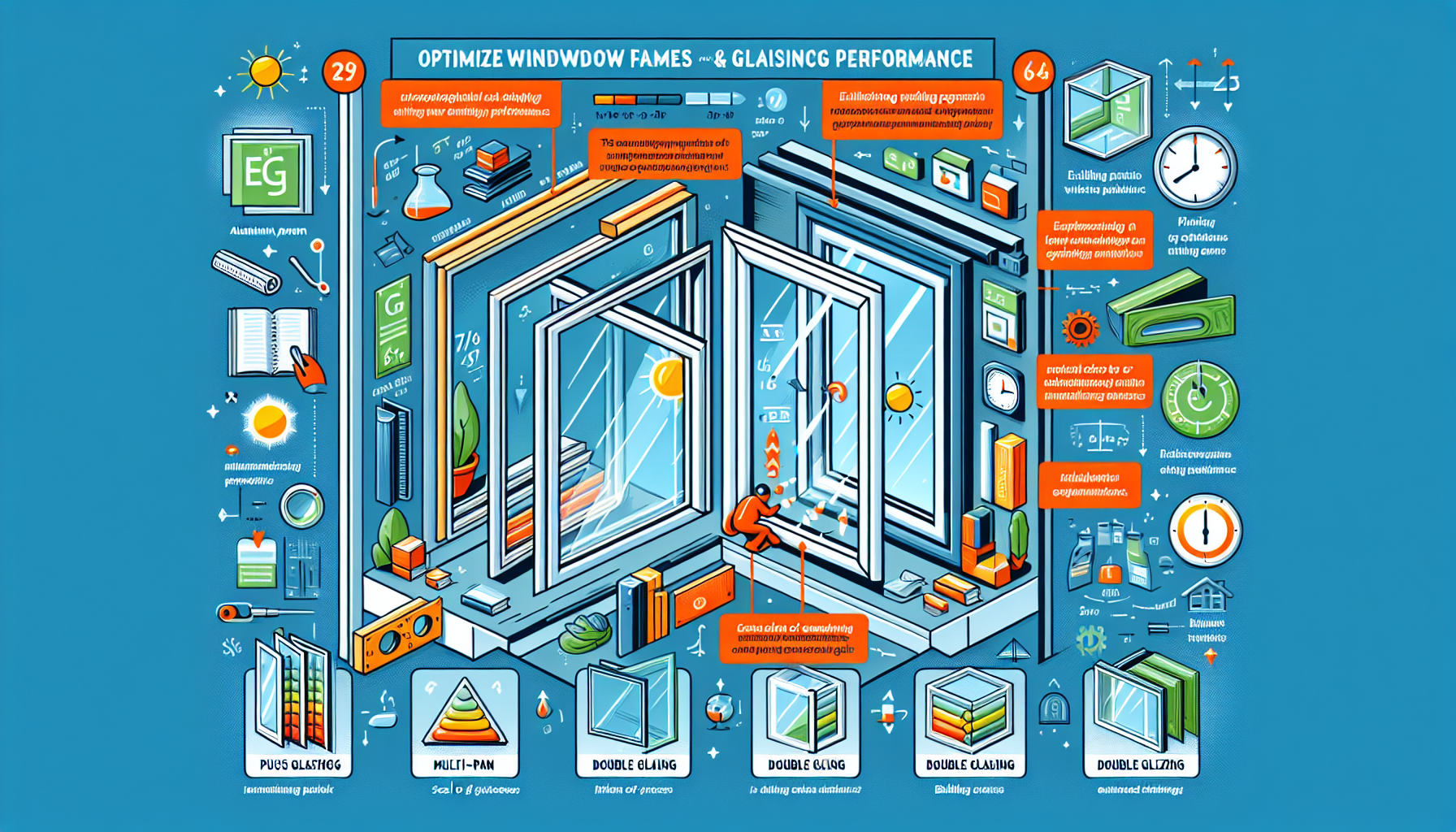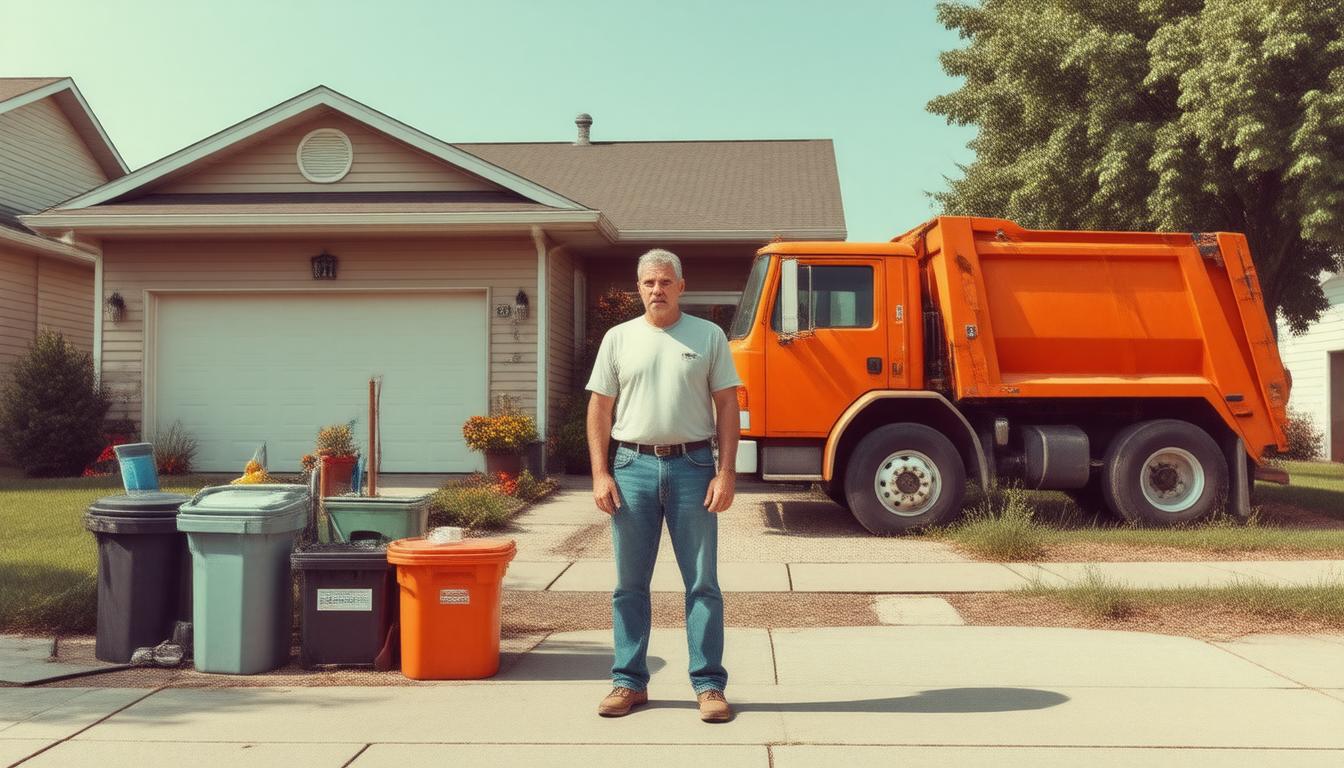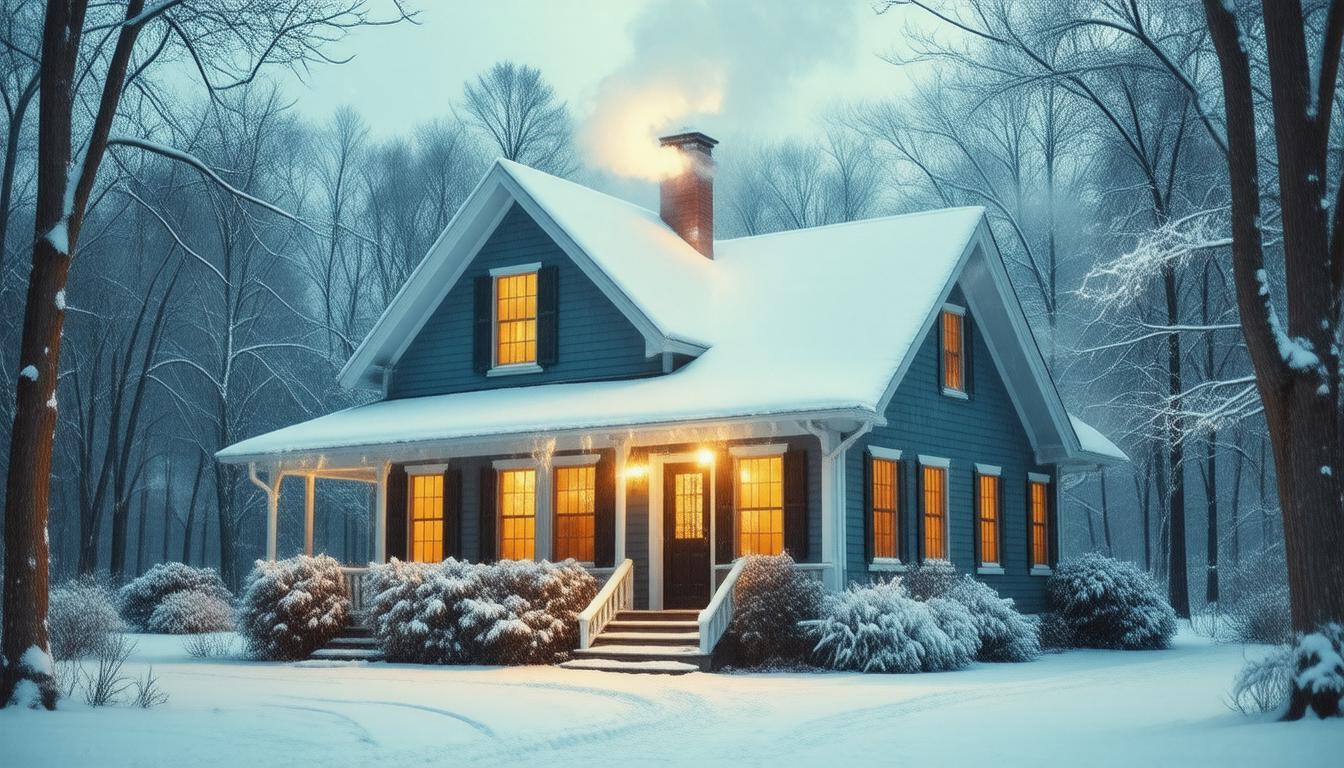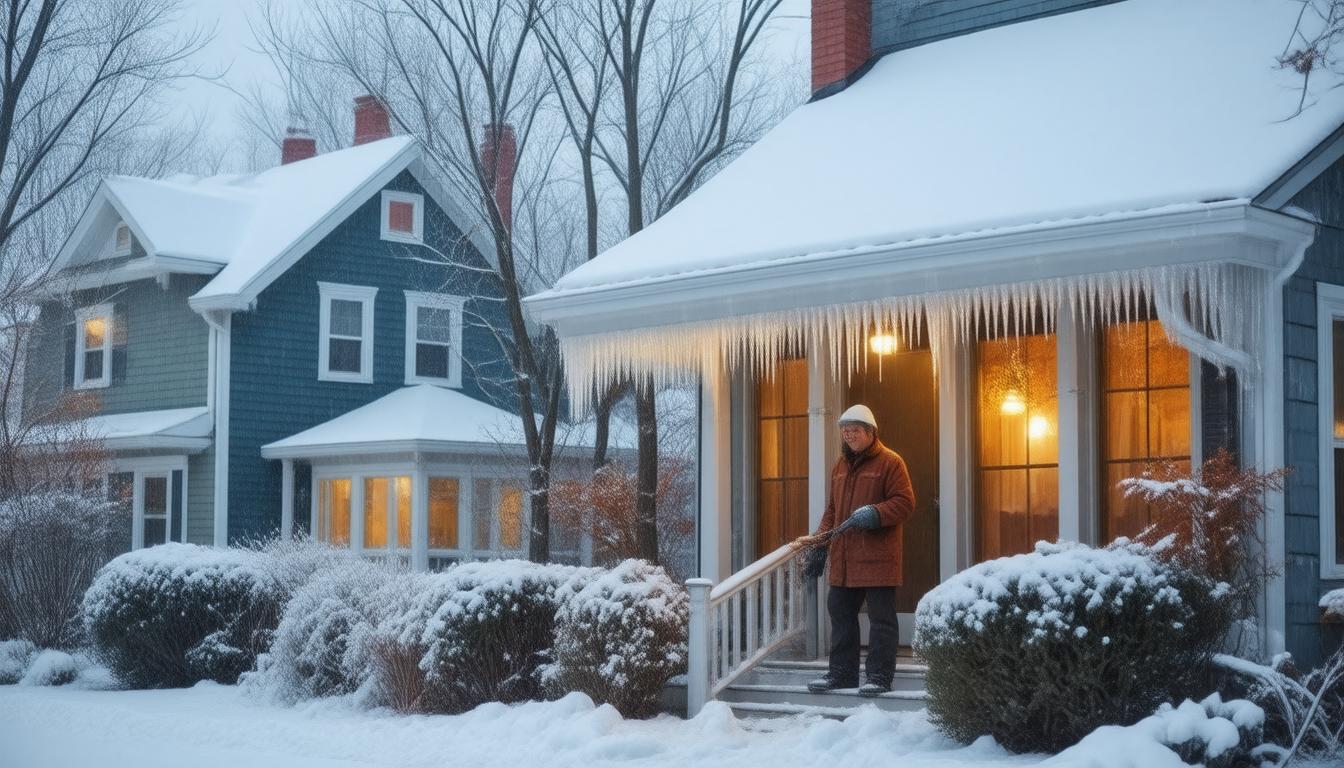
Windows play a pivotal role in maintaining the energy efficiency, comfort, and aesthetics of a building. An optimal window design involves not just the frame and the glazing but also how these components interact with each other and the building envelope. Knowing the materials and their properties is the first step in optimizing window performance. Frames can be made from wood, vinyl, aluminum, or composite materials, each with its own insulating properties and maintenance requirements. Meanwhile, glazing commonly refers to the glass pane and can range from single to triple-glazed units with coatings that can reflect heat, filter light, or even generate electricity.
Maximizing Thermal PerformanceEnhancing a window’s thermal performance is crucial for minimizing energy loss. This is where the choice of frame material and glazing can significantly impact insulating ability. Thermal breaks can be integrated into metal frames to reduce heat transfer, while wood and vinyl inherently offer better insulation. For glazing, low-E (low emissivity) coatings reflect infrared heat back into the room, helping maintain stable indoor temperatures. Double or triple-glazed windows with inert gas fills like argon or krypton between the panes provide additional insulation.
Achieving Air and Water TightnessEnsuring that windows are both air and water-tight is key to preventing drafts and water infiltration, which can lead to structural damage and mold growth. Proper installation involving quality sealants and weatherstripping is crucial. Additionally, frames should be designed to allow for proper drainage away from the window, avoiding water accumulation that could eventually seep into the building.
Optimizing Acoustics for ComfortNoise pollution can adversely affect comfort within a building. Special laminated glazing with a layer of PVB (polyvinyl butyral) or other acoustic dampening materials can be used to reduce sound transmission. Moreover, the use of multiple panes with varying thicknesses can disrupt sound waves differently, enhancing the soundproofing effect of a window.
Enhancing Durability and MaintenanceThe longevity of window frames and glazing depends on the quality of the materials and maintenance. Aluminum frames, for instance, are robust and require little maintenance but may need thermal breaks for better insulation. Wood frames offer excellent insulating properties but require regular maintenance to prevent deterioration. Vinyl is both durable and low-maintenance. The durability of glazing can be improved through toughening or lamination, which also increases safety.
Incorporating Sustainable PracticesAn often overlooked aspect of window optimization is the sustainability of the materials and processes involved. Selecting responsibly sourced timber for wood frames, recyclable materials like aluminum, and energy-efficient manufacturing processes contributes to the overall sustainability of window products. Furthermore, using windows designed for disassembly can aid in end-of-life recycling, reducing the overall environmental impact.
Balancing Aesthetics and FunctionalityThe appearance of window frames and glazing should complement the building’s architecture while still delivering on performance. The color, shape, and style of the frame, along with the transparency and reflectivity of the glass, must be considered for aesthetic appeal. However, these choices should align with the functional requirements, such as thermal insulation, sound reduction, and security.
Conclusion: Sealing SuccessOptimizing window frames and glazing for enhanced performance involves a careful balance of materials, design, and installation techniques. It’s clear that the success of a window system is sealed by attention to detail in every step of the process—from the choice of frame and glass to the way they are integrated into the building’s envelope. Staying informed about the latest advances in materials and technology is essential for anyone looking to maximize the potential of their building’s windows. With the right combination of elements, you can achieve a window system that not only looks great but also performs impeccably, ensuring comfort, energy efficiency, and sustainability for years to come.







